Ask yourself this question, “are you a leader?”
When you look at the role that you perform daily, do you drive people and business forwards, supporting them with a variety of selfless activities? You could be a CEO of a multi-national corporation or a team supervisor of 2 or 3 people. Regardless of where in the hierarchical pyramid you sit, you will have a part to play in the transformation journey of your company.
Whilst it can be misconstrued as marketing speak, Digital transformation isn’t just a buzzword; it has become a survival strategy. As a leader in this dynamic era, it’s essential to approach with a blend of innovation, foresight, and a boat-load of courage. But what does effective leadership look like in the age of digital transformation?
The Essence of Digital Leadership
Gone are the days of rigid hierarchies and one-size-fits-all solutions. Today’s leaders need to be flexible, with a tech enthusiast’s passion and a strategist’s mind. It’s about being the captain who can navigate both calm seas and raging storms with equal ease.
A Hypothetical Scenario….

Let’s use the hypothetical case of ‘Orion Technologies’, a traditional retail giant, to explore this a bit further.
When Orion decided to transition to e-commerce, it wasn’t just about upgrading their IT systems (though that was a significant part of it); a complete cultural overhaul was required. This is where the true resolve of digital leadership shone through.
The Must-Haves for Leaders
In the case of Orion Technologies, the transformation was monumental, one that would completely revolutionise their business and that required leaders who weren’t just administrators but visionaries. Here’s what set them apart:
- Adaptability: At Orion, leaders demonstrated exceptional adaptability, moving from a traditional retail mindset to a digital-first approach. This meant being open to learning, unlearning, and relearning as they navigated new technologies and consumer behaviours. It was about embracing change, not just enduring it.
- Clear Vision: The leadership had a coherent vision: to seamlessly integrate technology with Orion’s core business values, ensuring that digital transformation aligned with long-term business goals. They didn’t just chase trends; they tailored technology to enhance customer experience and drive business efficiency.
- Technical Understanding: Orion’s leaders didn’t need to be tech wizards, but they possessed a solid understanding of the technologies at play. This understanding enabled them to make informed decisions and communicate effectively with both tech teams and non-technical staff.
- Empathetic Communication: A key trait was their ability to communicate complex tech concepts in a simple, relatable manner. They bridged the gap between tech jargon and everyday language, ensuring all team members, regardless of their tech savviness, were on the same page.
- Inclusiveness and Collaboration: Recognising the diverse talents and perspectives within their teams, Orion’s leaders fostered an inclusive culture. They encouraged collaboration, bringing together different departments to brainstorm, problem-solve, and innovate.
- Resilience and Perseverance: The journey wasn’t smooth, but the leadership showed resilience. They viewed challenges as opportunities to learn and grow, setting a tone of perseverance throughout the organisation.
- Strategic Risk-Taking: Embracing risk was part of Orion’s leadership ethos. They knew that in the digital age, playing it safe often meant falling behind. Calculated risks in adopting new technologies or business models were essential for staying ahead of the curve.
In essence, the leaders at Orion Technologies embodied a blend of strategic foresight, technological fluency, and human-centric approach. They were not just steering a technological shift but were orchestrating a cultural revolution, ensuring the company thrived in the digital era.
Facing out to the business
The path the leaders at Orion had to travel was exceptionally challenging and they came up against some particularly tricky issues.
For example: they faced resistance from teams uncomfortable with digital tools, the challenge of keeping pace with evolving technologies, and the task of managing a dispersed, sometimes remote, workforce.

Charting the Course
So, how did Orion’s leaders turn the tide?
Following a series of meticulously planned engagement activities, risk identification and mitigation and more than anything else, a deep desire to support and evolve, they focused on the following:
- Crafting a Visionary Roadmap: The leaders at Orion developed a strategic roadmap, outlining key milestones and objectives. This roadmap was more than a tech upgrade plan; it was a blueprint for integrating digital technology into every facet of their business operations.
- Fostering Open Communication: Orion’s leaders knew the power of clear, transparent communication. They established regular channels for updates and feedback, ensuring that every team member, from the shop floor to the boardroom, understood the journey and their role in it.
- Empowering Through Training and Tools: Recognising the varied digital proficiency levels among employees, Orion provided tailored training programs. They equipped their teams not just with new tools, but with the confidence and competence to use them effectively.
- Embracing Agile Methodologies: The leadership adopted agile practices, allowing them to be nimble and responsive to market changes. This approach facilitated a culture of continuous improvement and adaptation.
- Encouraging Innovation at Every Level: Orion’s leaders cultivated a culture where innovative ideas were valued, regardless of hierarchy. This open-forum approach for innovation encouraged creativity and ownership among employees, fostering a deeper engagement with the transformation process.
- Leading with Resilience and Flexibility: Orion’s leaders demonstrated resilience. They viewed challenges as catalysts for growth, maintaining a positive and proactive stance.
- Balancing Risk with Prudence: While they were open to taking strategic risks, Orion’s leaders also practiced prudence. They balanced the excitement of new technologies with careful consideration of their impact on the business and its customers.
Final Thoughts…
Leadership in the digital age is like being a skilled DJ at a never-ending party. You need to keep the music (read: business) going, adapt to the mood of the crowd (team), and occasionally, change the track (strategy) to mix things up a bit.
As you navigate your course, remember, the essence of digital leadership lies in being as innovative with people as with technology.








